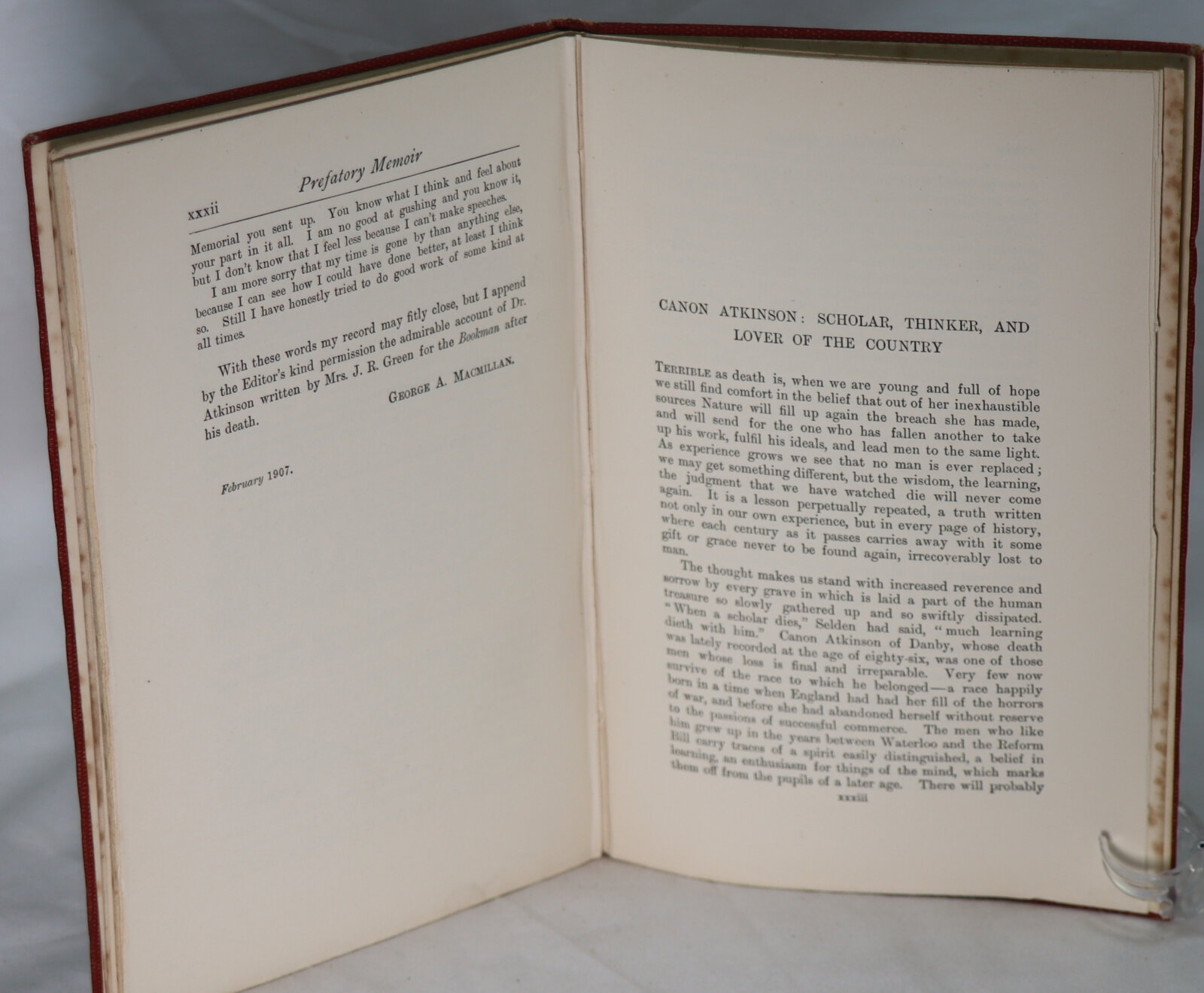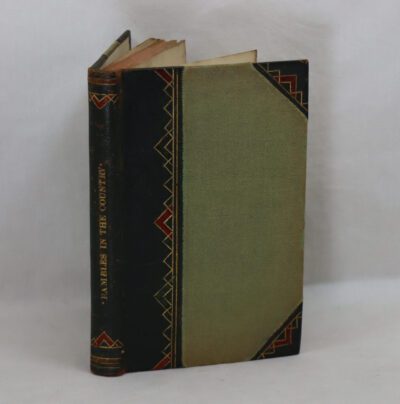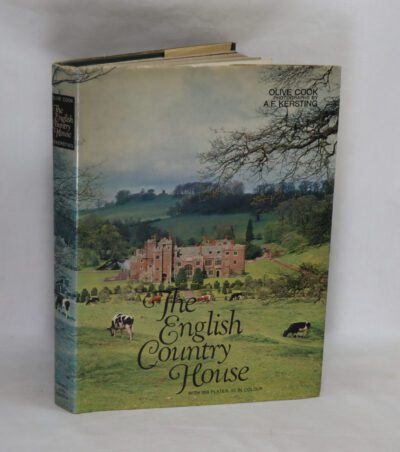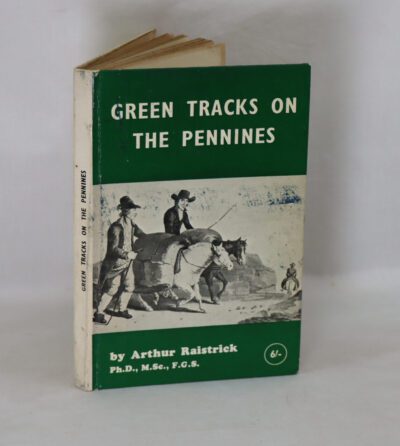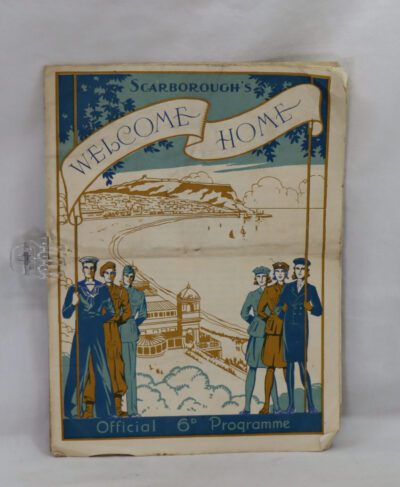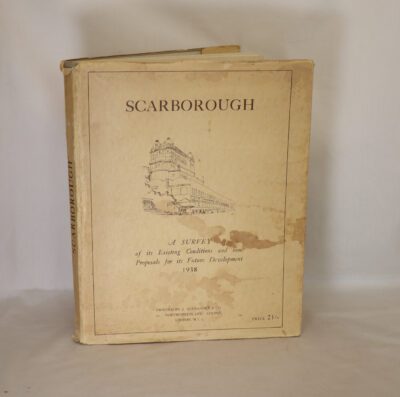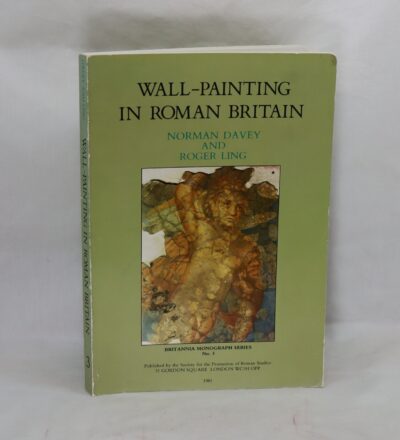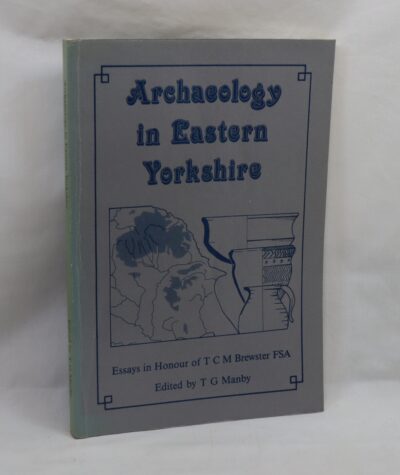Brief Memoir of the Rev. J C. Atkinson.
By George A Macmillan
Printed: 1907
Publisher: Unkown
| Dimensions | 14 × 21 × 0.5 cm |
|---|---|
| Language |
Language: English
Size (cminches): 14 x 21 x 0.5
Condition: Very good (See explanation of ratings)
Item information
Description
Tan cloth binding with gilt title on the front board.
-
F.B.A. provides an in-depth photographic presentation of this item to stimulate your feeling and touch. More traditional book descriptions are immediately available.
-
Note: This book carries the £5.00 discount to those that subscribe to the F.B.A. mailing list.
Cloth. Condition: Very Good. A smart illustrated edition of this account of the author’s experiences in Danby in Cleveland. Illustrated, originally published April 1891. With chapters on the folklore of the area, antiquarian features, manners and customs, geological commentary, and historical records. Written by Reverend John Christopher Atkinson, an English author, antiquary, and priest. Externally, smart with some fading to the spine. Internally, firmly bound. Pages are very bright and clean. Very Good. book.
‘FICTION, “like the baseless fabric of a vision, leaves not a wrack behind,” because it has no foundation in fact. Stories that are commonly classified as “fabulous” usually have, however, a nucleus of scientific import. In the words of Canon Atkinson: “The myth, the fable (of the mystic sort), the legend, has always a base, a substratum or foundation of some sort. Like the Pentacle, with its mystic application and use, or the Svastika, Fylfot, or Hammer of Thor, the Monolith or Standing-stone—from Jacob’s stone at Bethel, and before and since—it has always had its own something to rest upon, to spring from its actual material ‘base’ or occasion.” Scientific inquiry is required to reveal this base; but by this we do not mean that facts of physical or of natural science are necessarily involved in every marvellous story, but rather that the investigator of legendary lore should conduct his research in a scientific spirit, discarding speculative evidence, and reducing the problem to its simplest appearance. This is the spirit in which Canon Atkinson has investigated the myths, legends, and traditions connected with Whitby. His treatment of the Caedmon legend is worthy of special mention. It will be remembered that Caedmon produced his great sacred poem at Whitby. According to Baeda, he was a common cowherd or oxherd, to whom the gift of poesy was miraculously, or at least suddenly,given, and this story has been generally accepted in spite of its great improbability. Canon Atkinson rids the story of its miraculous element, and justifies the dictum poeta nascitur, non fit. He shows that it is largely mythical, and that Caedmon was probably a homely native poet of some genius, but undeveloped, before the Abbess Hild took him up. This view is practically clinched by the evidence that Caedmon’s name is of Celtic origin, and that therefore he doubtless possessed the fervid imagination and vivid fancy of the Celtic temperament. It need hardly be said that the miracle described by Baeda would have been eliminated from the story at once by a man of science. To us it seems that Canon Atkinson comes to the only conclusion possible after a careful consideration of historical records, and a common-sense view of the case. Other stories and customs connected with Whitby are discussed with a similar broad-mindedness,and in a manner which local historians generally would do well to follow. – Memorials of Old Whitby.’
John Christopher Atkinson (9 May 1814 – 31 March 1900) was an English author, antiquary, and priest. Born on 9 May 1814 at Goldhanger in Essex, where his father was then curate, he was the son of John Atkinson and the grandson of Christopher Atkinson (d. 18 March 1795), fellow of Trinity Hall, Cambridge. He was educated at Kelvedon in Essex, and admitted as a sizar to St. John’s College, Cambridge, on 2 May 1834, graduating B.A. in 1838. Atkinson was ordained deacon in 1841 as curate of Brockhampton in Herefordshire, and priest in 1842. He afterwards held a curacy in Scarborough. In 1847 he became domestic chaplain to William Dawnay, 7th Viscount Downe, who in the same year presented him to the vicarage of Danby, in the North Riding of Yorkshire, which he held till his death. Atkinson’s parish was in rural Yorkshire, and on his arrival he found that clerical duties had been neglected. He set himself to learn the history of his parish and to gain the friendship of his parishioners; and learned local legends and customs. In 1887 he received the honorary degree of D.C.L. from Durham University, and in 1891 he was installed in the prebend of Holme in York Minster. In 1898 he received a grant of £100 a year from the civil list.
Atkinson died at The Vicarage, Danby, on 31 March 1900.
Works: Atkinson is best known for Forty Years in a Moorland Parish (1891, second edition the same year). Comparisons have been made with Gilbert White’s Natural History of Selborne, and Hugh Miller’s Scenes and Legends of the North of Scotland. In 1867 Atkinson prepared for the Philological Society A Glossary of the Dialect of the Hundred of Lonsdale, which was published in the society’s Transactions. It was followed in 1868 by A Glossary of the Cleveland Dialect, to which, for the English Dialect Society, he made Additions in 1876. In 1872 he published the first volume of The History of Cleveland, Ancient and Modern, London; part of a second volume appeared in 1877, but it was not completed. Other works were:
-
The Walks, Talks, Travels, and Exploits of two Schoolboys, London, 1859, new edition 1892.
-
Play-hours and Half-holidays; or, Further Experiences of two Schoolboys, London, 1860, new edition 1892.
-
Sketches in Natural History; with an Essay on Reason and Instinct, London, 1861; new edition 1865.
-
British Birds’ Eggs and Nests popularly described, London, 1861, new edition 1898.
-
Stanton Grange; or. At a Private Tutor’s, London, 1864.
-
Lost; or What came of a Slip from “Honour Bright”, London, 1870.
-
The Last of the Giant Killers, London, 1891, new edition 1893.
-
Scenes in Fairy-land, London, 1892.
He edited:
-
Cartularium Abbathiæ de Whiteby (Surtees Soc), 1879, 2 vols.
-
Quarter Sessions Records (North Riding Record Soc), 1883–92, 9 vols.
-
Lonsdale Glossary: Furness Coucher Book (Chetham Soc), 1886–7, 3 vols.
-
Cartularium Abbathiæ de Rievalle (Surtees Soc), 1859.
He also contributed papers to archaeological societies, and in 1872 assisted Hensleigh Wedgwood in revising his Dictionary of English Etymology.
Family: Atkinson was married three times: first, at Scarborough on 11 December 1849, to Jane Hill (d. 2 April 1860), eldest daughter of John Hill Coulson of Scarborough ; secondly, on 1 February 1862, at Frome Selwood, to Georgina Mary, eldest daughter of Barlow Slade of North House, Frome ; and thirdly, on 28 April 1884 at Arncliff church, to Helen Georgina, eldest daughter of Douglas Brown, Q. C ., of Arncliff Hall, Northallerton. He had thirteen children.
Condition notes
Want to know more about this item?

Share this Page with a friend

